The Cloud Is Software — But What Kind of Software?
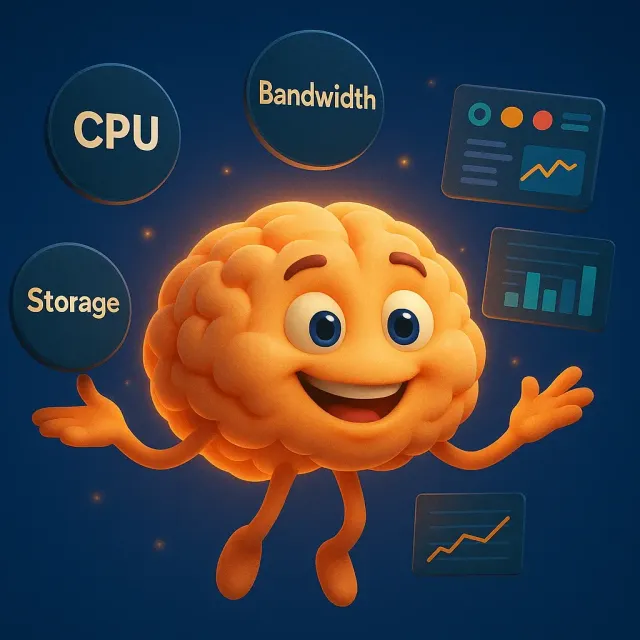
Source: AI-Generated depiction of the scheduling brain at the core of the cloud
Everyone talks about the cloud as if it were some magical place. But peel back the layers, and you'll find something very real — a stack of software. Not just any software, though. The cloud is a stack of scheduling software disguised as a platform.
At its core, the cloud is a resource scheduling machine — an intricate, layered software system designed to do one thing brilliantly: allocate compute, memory, storage, and bandwidth across physical hardware in the most efficient way possible. Think air traffic control meets financial optimization — except instead of landing planes, it’s packing workloads into virtual machines, containers, and serverless runtimes.
It’s beautifully engineered. Every abstraction you see — virtual machines, Kubernetes clusters, serverless functions — exists to optimize usage of the underlying data centre hardware. The result? Maximum utilization, minimum idle time, and very little waste.
But here’s the kicker: who benefits from all this efficiency?
Surely, it’s the customer, right? The company making the smart move to the cloud, hoping for reduced costs and greater flexibility?
Well… kind of.
Yes, moving to the cloud often has a positive ROI — particularly if you’re moving away from on-premise servers that sit idle 80% of the time. But let’s not kid ourselves: the cloud is even more profitable for the cloud providers. We're talking 50%+ gross margins in some cases. Once you're in, there's often no way out. The platform is sticky, the ecosystem is vast, and every service you consume is another margin enhancer — for them.
And if you just "lift and shift" your old infrastructure to the cloud without rethinking how you use it? You’re not saving. You’re burning.

Source: AI-Generated visualisation of bills rolling in
So What Can You Do?
At the very least, take FinOps seriously.
FinOps (short for Cloud Financial Operations) is a modern practice that helps organizations control their cloud spend and maximize business value from every euro or dollar spent. It’s about aligning engineering, finance, and business teams around one shared goal: efficient cloud usage.
The FinOps Foundation framework introduces three core phases:
- Inform – Gain visibility and allocate costs accurately.
- Optimize– Rightsize, schedule, and eliminate waste.
- Operate – Establish processes, accountability, and continual improvement.
It’s not about cost-cutting for the sake of it. It’s about spending wisely, understanding your usage patterns, and adapting your architecture to make every bit of cloud count.
Don’t Let the Cloud Own You
Cloud is powerful, flexible, and often the right move — but only if you run it on your terms.
At ZEN Software, we help organizations take control of their cloud spend with expert-led FinOps practices. From spotting unused resources to implementing automation and governance, we make sure you pay the absolute minimum necessary for the performance you need.
Don’t settle for bloated nightmare bills and runaway costs. Let’s make your cloud work for you, not just your provider.
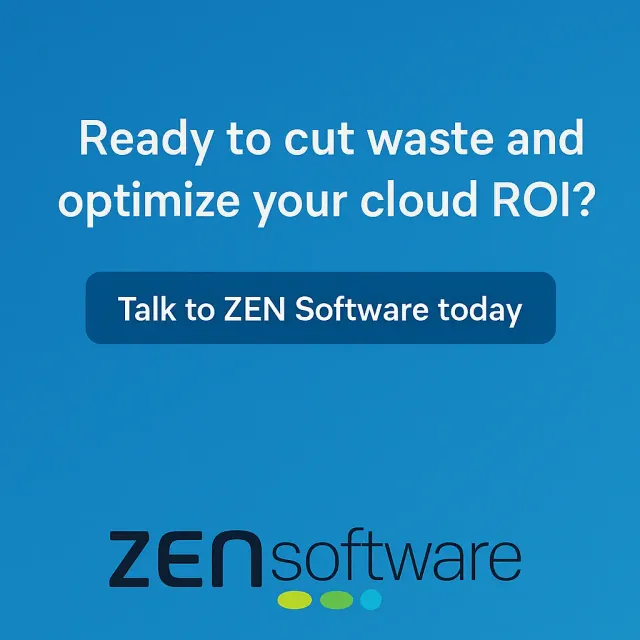
👉 Ready to cut waste and optimize your cloud ROI? Talk to ZEN Software today.

Go Cloud Native, Go Big
Revolutionise your organisation by becoming a born-again cloud enterprise. Embrace the cloud and lead the future!
Read more:

Best Practices for Cloud Backup and Disaster Recovery in a Remote-First World
This article breaks down best practices for cloud backup and disaster recovery in a remote-first world — with a practica...
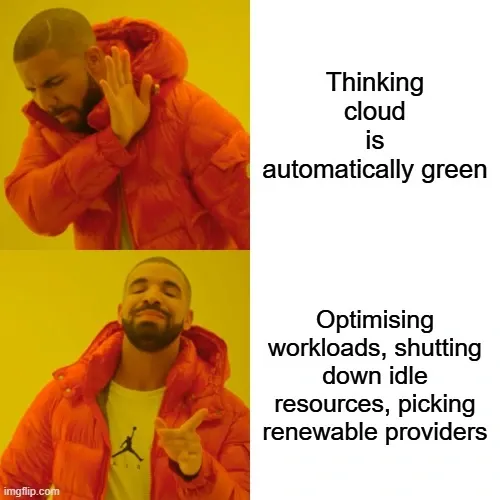
Why Your Cloud Strategy Isn't as Green as You Think (+ Simple Fixes)
Think moving to the cloud makes your business sustainable? Not always. Discover the hidden CO2 costs of cloud computing ...
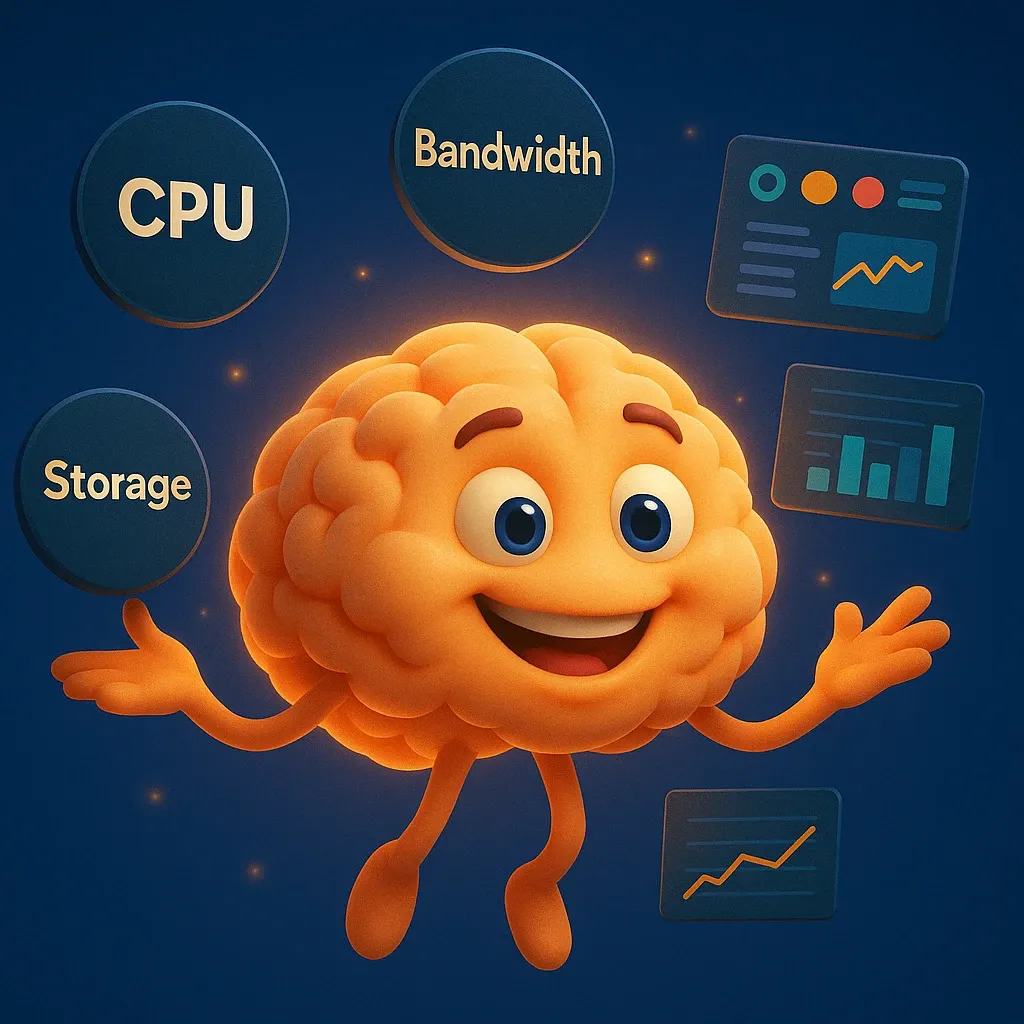
The Cloud Is Software — But What Kind of Software?
Everyone talks about the cloud as if it were some magical place. But peel back the layers, and you'll find something ver...
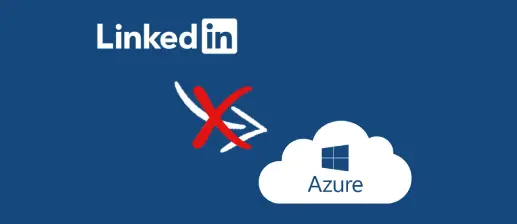
LinkedIn, part of Microsoft, decides to ditch data centre migration to Azure
What went wrong? Microsoft owns both LinkedIn and Azure. :man_shrugging: ...
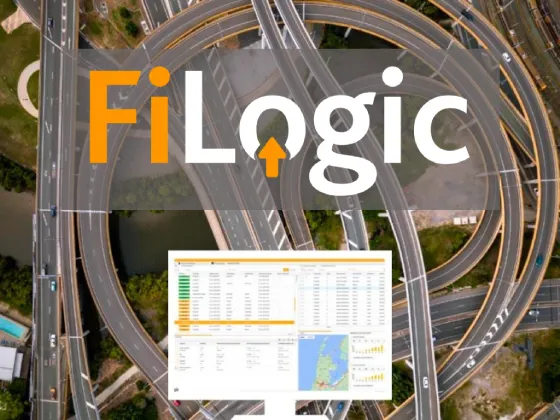
ZEN Software upgrades Wordpress Filogic.nl to Open Source Headless Cloud Solution for Unmatched Performance
Alkmaar, November 2023 — ZEN Software, a leader in innovative web solutions, proudly announces its latest success with F...
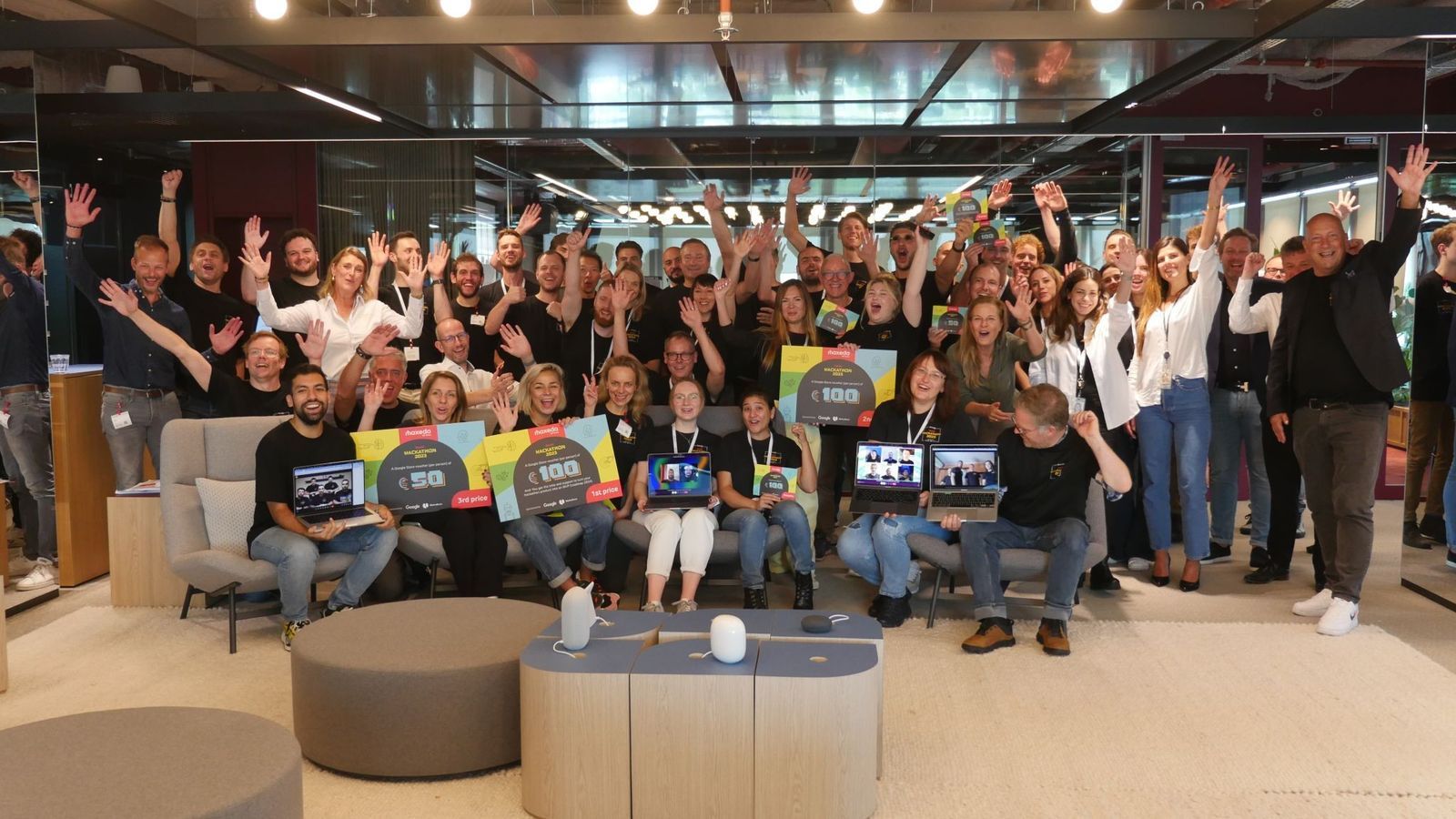
Praxis & Brico unleash the power of Generative AI in an inspiring Hackathon at Google
Hackathons have become the breeding grounds for groundbreaking ideas and solutions. The recent Praxis/Brico Hackathon, h...
